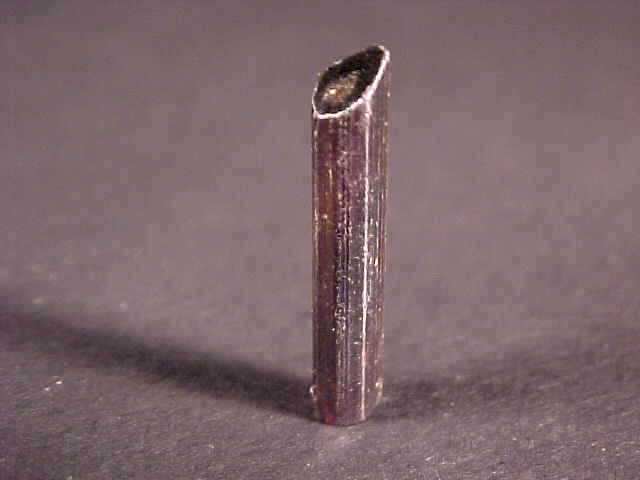


Enter our Virtual Gallery of Rutile Mineral Specimens
MINERALMINERS.COM®- Your Personal 'Link' Direct to the Mines!TM




Links To Rutile Information Topics On This Page:
Rutile Items in our VIRTUAL GALLERY
Physical Properties
Occurance and Diagnostic Features
History and Uses
Metaphysical Properties
Rutile (TiO2) occurs in granitic rocks, pegmatites, quartz veins, mica schists and gneisses. It also is found in in metamorphic limestones, amphibolites and dolomites. Rutile often occurs as fine acicular crystals in quartz (see rutilated quartz information), micas and corundum. Rutile is often found in considerable quantities in black sands associated with magnetite, ilmenite, zircon and monazite.
Rutilated is usually recognized by its adamantine luster, red color, and
crystal habit. In quartz and micas it is characterized by its needle-like
form.
Return to the Index of Rutile Information Topics
The name rutile comes from the Latin word rutilus meaning red.
Titanium derived from rutile is used in metal alloys, for electrodes in arc lights and as a pigment in paint, porcelain and false teeth.
The astrological signs of rutile are Gemini and Taurus.
Rutile is said to make one more forgiving toward both oneself and others, and to give a general sense of tranquility and order. It is also said to stimulate one's problem solving capabilities by providing a more in-depth understanding of the details involved.
Rutile is said to help strengthen the immune system and to help in the treatment of pulmonary and circulatory disorders.
For more in-depth metaphysical information, see our Metaphysical Books section.
This is the end of our Rutile Quartz Information page.